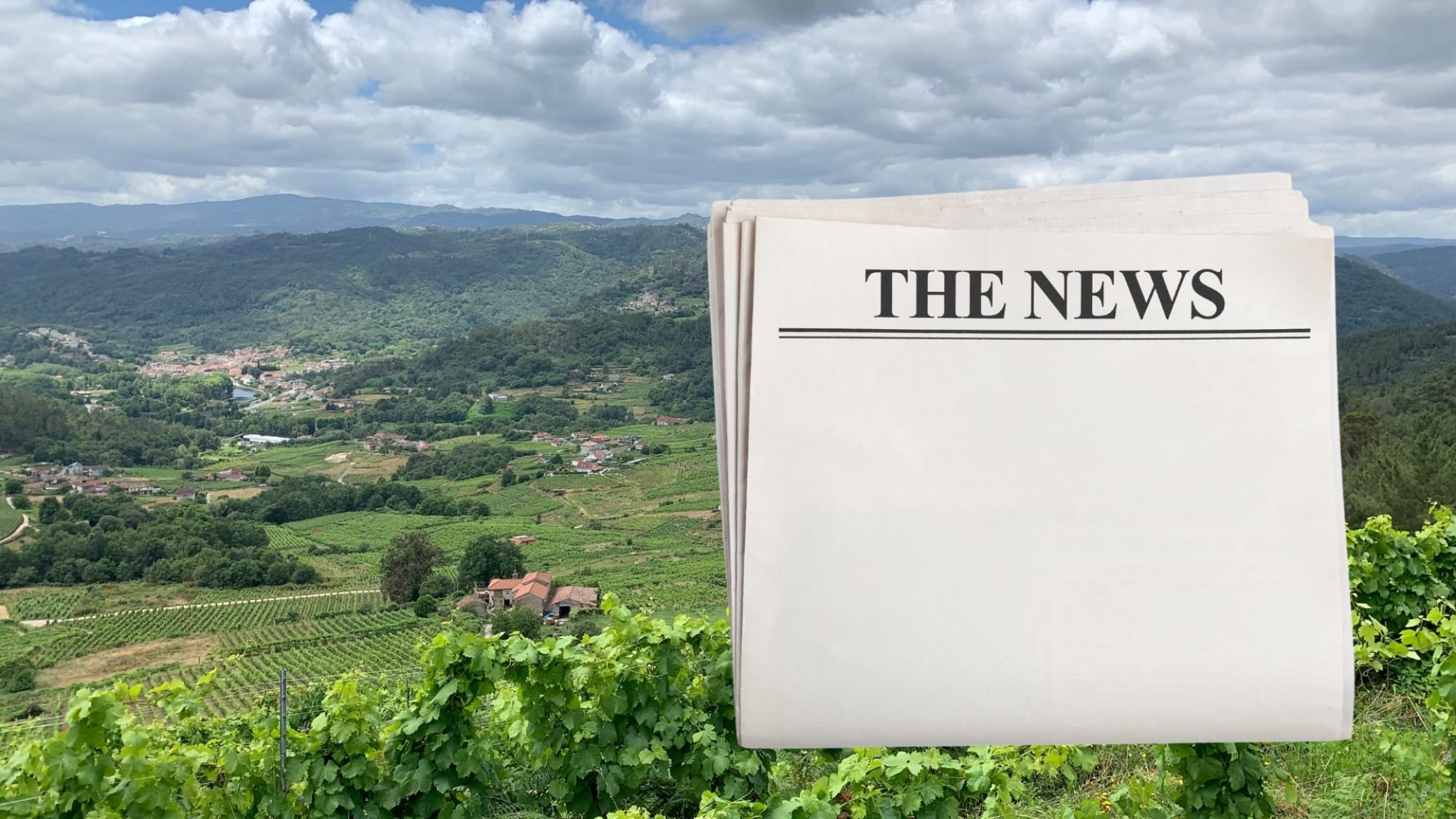Alma Carraovejas Group Buys Founding Rías Baixas Winery (Feb 23)
Tricó has officially joined Alma Carraovejas, the group built around Pago de Carraovejas, a Ribera del Duero winery founded in 1987 by José María Ruiz. Alma Carraovejas has seven wineries in six Spanish DOs and at least one more pending acquisition. José Antonio López, founder of Tricó and one of the original minds behind the creation of the Rías Baixas DO, will continue to be linked to the winery as an advisor.
Compañía de Vinos Tricó is López’s third project in the Condado do Tea subzone. Founded in 2017 in Salvaterra do Miño, it produces a range of wines from young Albariño to cuvées with extensive lees aging. In 1987 López founded Bodegas Morgadío, later acquired by the owners of Bodegas Campante in DO Ribeiro and renamed Grupo Reboreda Morgadío. In 2006, he launched Lusco in Salvaterra do Miño, which was acquired by the Bierzo winery Dominio de Tares before becoming part of the González Byass group in 2016.
Alma Carraovejas is already a familiar name in Galicia: in 2019, it purchased two of DO Ribeiro’s leading wineries, Viña Meín and Emilio Rojo.
Inflation and Falling Consumption Sink Exports of Galician Wine to 20-Year Low (Feb 5)
Between 2016 and 2020, the European wine exports fell by 10%. Spanish Minister of Agriculture Luís Planas blamed falling consumption and “a changing orientation towards whites and sparkling wines, which calls into question the way the sector functions.”
Despite its fame for producing white wines, Galicia is no exception to this trend. Between tariffs imposed by the United States between 2019 and early 2021, the impact of Brexit, and the closure of on-trade outlets during the pandemic, the sector has faced its fair share of challenges. Now, faces another due to inflation. Between January and November 2023, according to data from the Secretary of State for Trade, wine exports from Galicia dropped 25% compared to 2022, and reached the lowest figure since 2003.
Ramón Huidobro, secretary general of the Rías Baixas Regulatory Council, explained that international markets are very sensitive to price increases. “The average cost of grapes for the 2022 and 2023 vintages in the DO climbed to €2.70-2.80 per kilo compared to €1.80 in previous years. “Add to that the increase in labor costs for viticulture like ours, which is mainly manual, along with treatments, electricity, fuel, crates, and even glass, and it’s a wonder wineries can sell anything,” he said.
Galician DOs Call for Flexibility In EU Sustainability Norms (Feb 2)
European Union policies call for reducing the use of pesticides and transitioning to organic farming over the next several years. In rainy Galicia, some doubt that it’s possible to radically change farming practices in a short time. The heads of four of the Galician designations of origin discussed the new norms at the second Sustainable Viticulture conference in Ourense.
“The challenges ahead are going to be complicated, above all to carry out the changes that the EU mandates. But they’ll be beneficial for the vineyard and we have to accept them,” said Jonatás Gago, president of DO Monterrei’s regulatory council. “Over the centuries, viticulture has demonstrated its capacity to adapt,” added Juan Carlos Vázquez, vice president of DO Rías Baixas. He acknowledged that “there are concerns because the objectives seem ambitious, but we need time to reach these reductions” and stressed that wineries and administrations have been working on it for some time. In his opinion, “it will be necessary to focus on innovation and new techniques. There are tools, but we need more research so that we can all have access to them,” he added.
For Laura Montero, technical director of Viña Meín-Emilio Rojo, it’s clear that Galicia can cultivate vineyards more sustainably. “We just have to change our approach and look for alternative methods to those currently being used, which are also proving that they’re not always effective,” she said, recalling that in 2023 some growers lost their harvest due to downy mildew despite the applying treatments.
In her opinion, the challenge is not so much to reduce as it is to focus on techniques such as regenerative or biodynamic agriculture, and to look for new products: “There are companies that already provide these materials, but we have to use them and test them. Yes, you can farm organic in Galicia, but it requires a lot of professionalism,” she concluded
